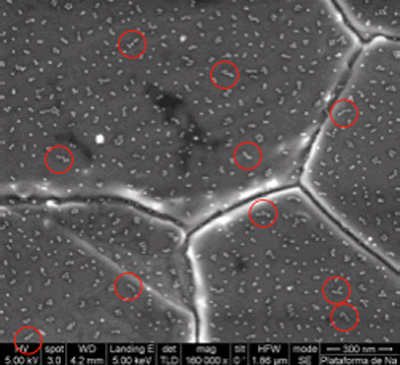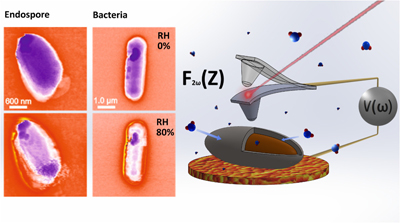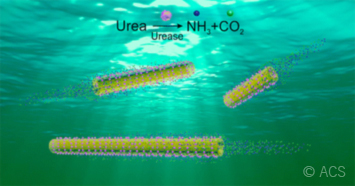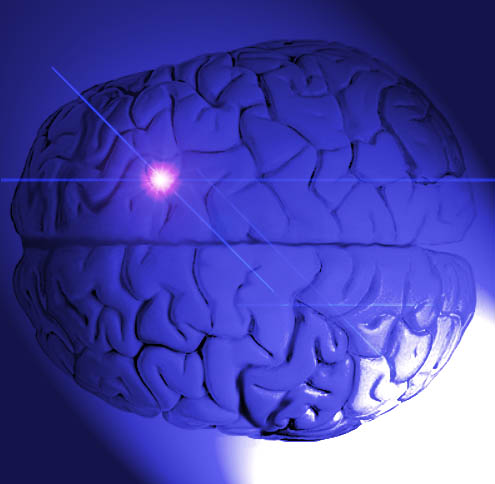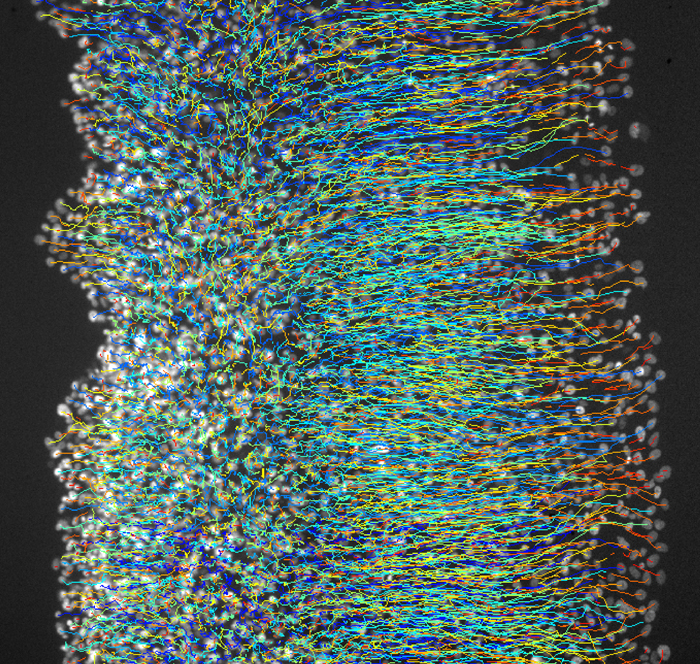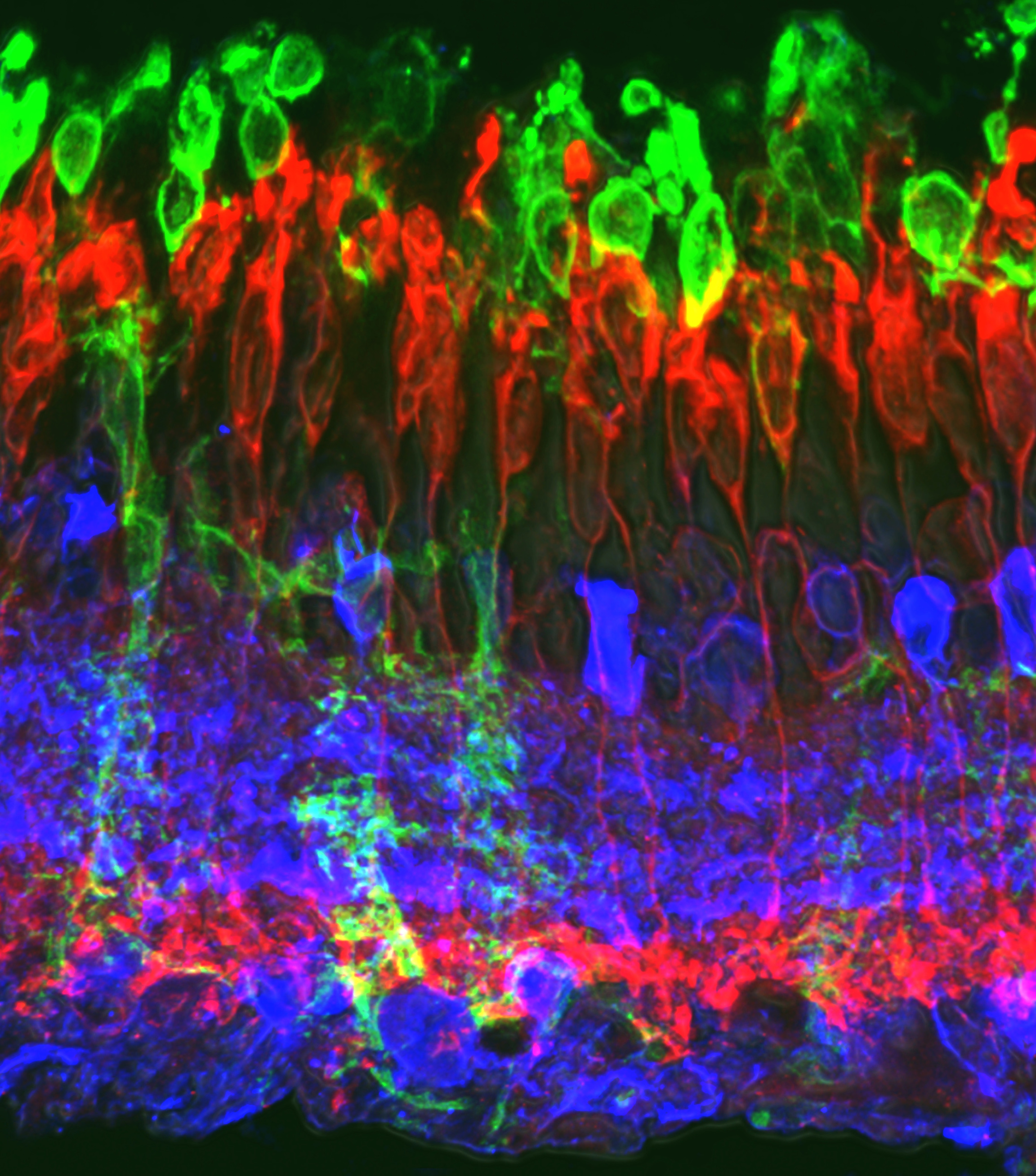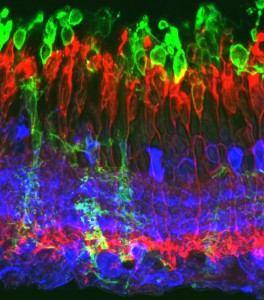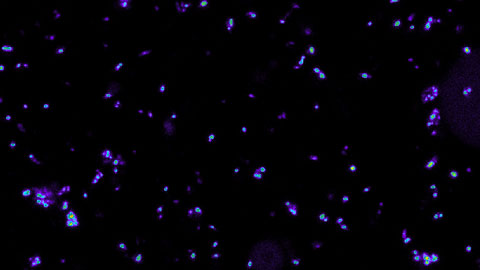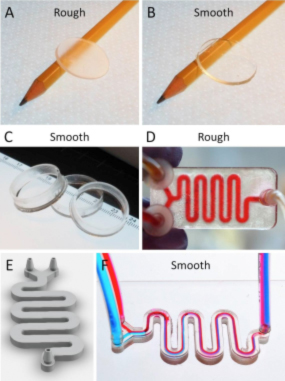New DNA-based technique for depositing materials with a resolution of less than 10 nanometers
 A study led by CSIC and involving IBEC researchers proposes a new technique using molecules ‘a la carte’ to obtain nanoscale surfaces that will have many useful applications in microelectronics and biomedicine. The work has been published in the journal Advanced Materials.
A study led by CSIC and involving IBEC researchers proposes a new technique using molecules ‘a la carte’ to obtain nanoscale surfaces that will have many useful applications in microelectronics and biomedicine. The work has been published in the journal Advanced Materials.
The new method means that researchers can obtain nanoscale surfaces with many molecules arranged in an ordered way.

